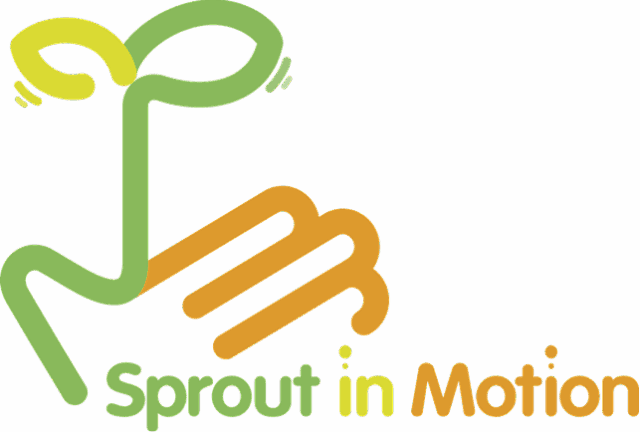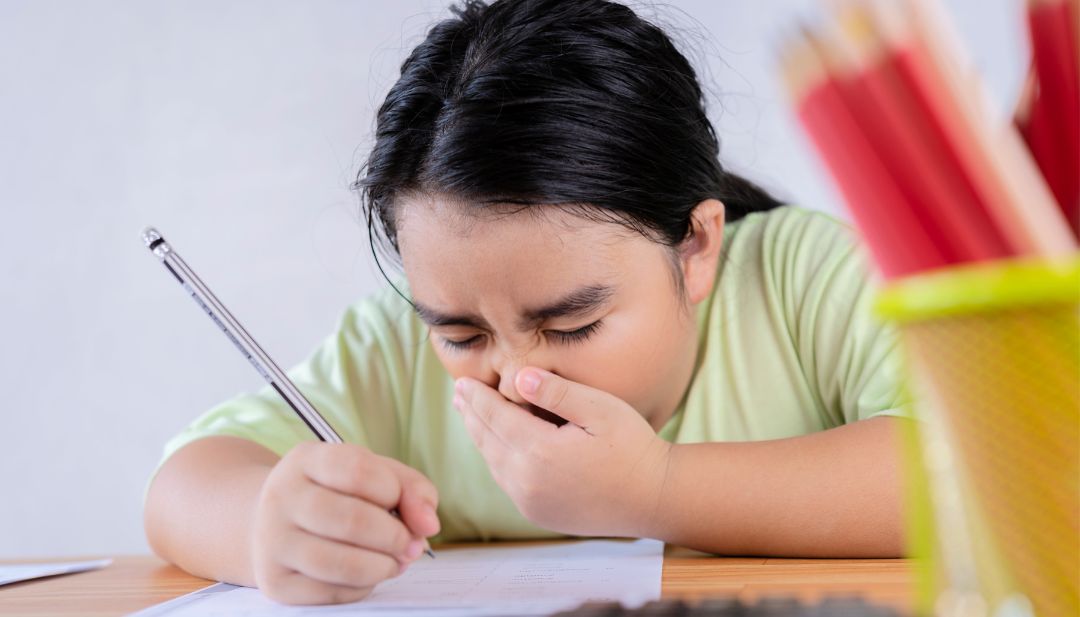Occupational Therapy
Pediatric occupational therapists create opportunities for children to master developmental tasks and achieve independence in their home, school, and community environments. It helps children to develop their abilities in fine motor skills, gross motor skills, sensory processing, self-care, attention and overall independence.
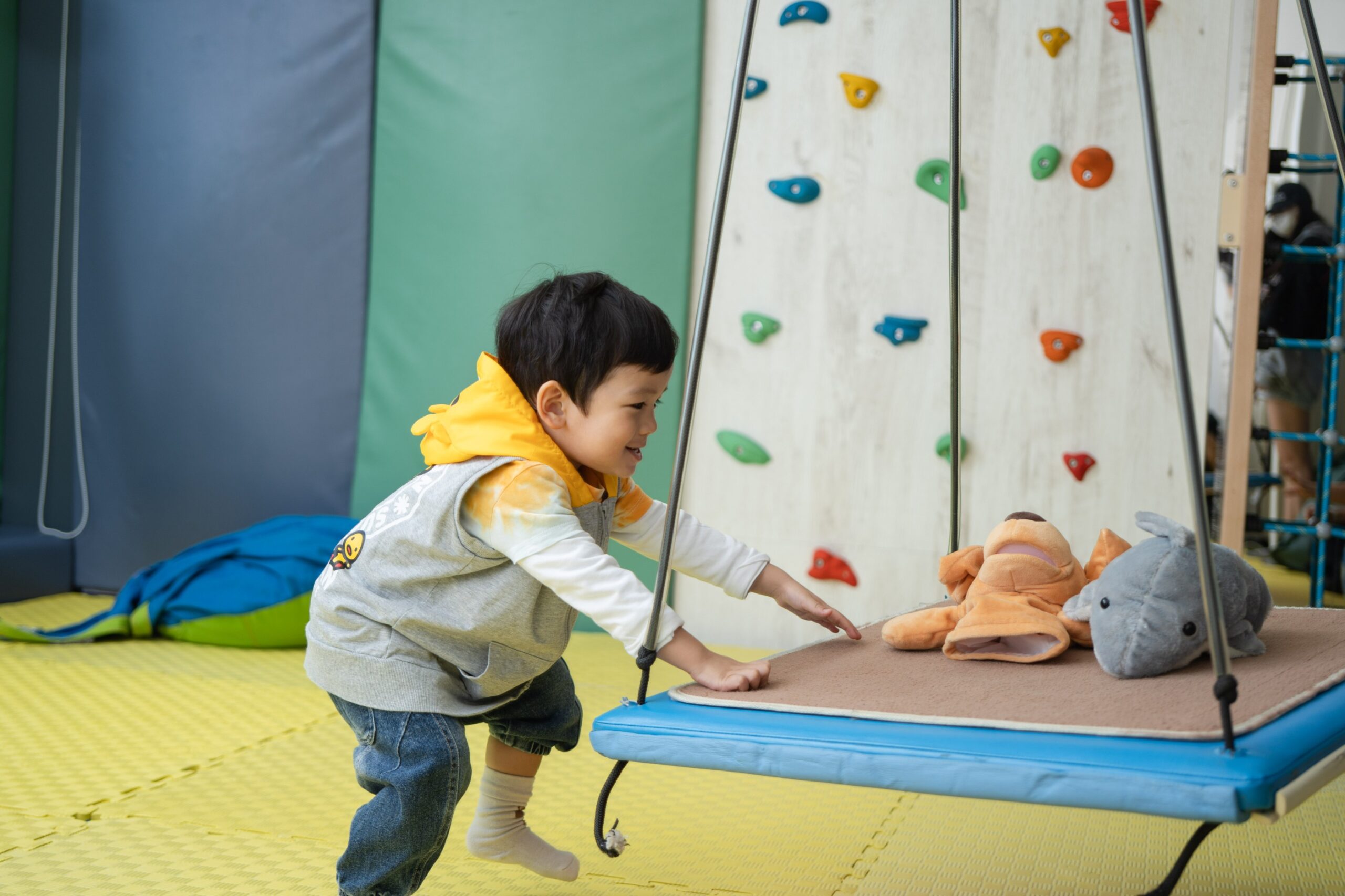
Areas of focus
-

Gross motor and core strength
Enhancing balance, coordination, and muscle strength for activities like walking, running, and posture control.
-

Fine motor and hand strength
Developing hand coordination and grip strength for writing, buttoning, and using tools.
-

Sensory integration
Helping process and respond to sensory input for better focus, coordination, and emotional regulation.
-

Visual perceptual skills
Improving the ability to interpret and process visual information for reading, writing, and spatial awareness.
-

Attention, organization, memory self-regulation, emotion regulation play and social skills
Enhancing focus, organization, and memory, developing emotional and behavioral coping skills, and fostering social interaction and communication.
-

Self-care and self-dressing skills
Teaching independence in daily tasks like dressing, grooming, and personal hygiene.
Importance of Milestones
For children, motor skills milestones are crucial for their development and can be categorized into two main types: fine motor skills and gross motor skills.
Reaching these milestones is essential for a child’s independence and ability to participate in daily activities. Occupational therapists assess these skills and provide interventions to support children who may be delayed in their development.
- Pincer grasp: Begins using thumb and forefinger to pick up small items.
- Pointing: May start pointing at objects or people.
- Stacking blocks: Can stack 2-3 blocks.
- Scribbling: Begins to make marks on paper with crayons.
- Turning pages: Can turn pages of a book (one at a time).
- Copying shapes: Can copy a vertical line and a circle.
- Cutting: Can use scissors to cut along a line.
- Building towers: Can stack 6-8 blocks.
- Drawing: Can draw simple shapes and figures.
- Dressing: Can put on and take off some clothing items independently.
- Crawling: Begins crawling or scooting.
- Standing: Pulls up to stand while holding onto furniture.
- Walking: Takes first steps and walks independently.
- Climbing: Can climb onto furniture or playground equipment.
- Running: Can run and navigate around obstacles.
- Kicking a ball: Can kick a ball forward.
- Hopping: Can hop on one foot.
- Jumping: Can jump forward several inches.
- Skipping: Can skip or gallop with coordination.
- Balancing: Can balance on one foot for several seconds.
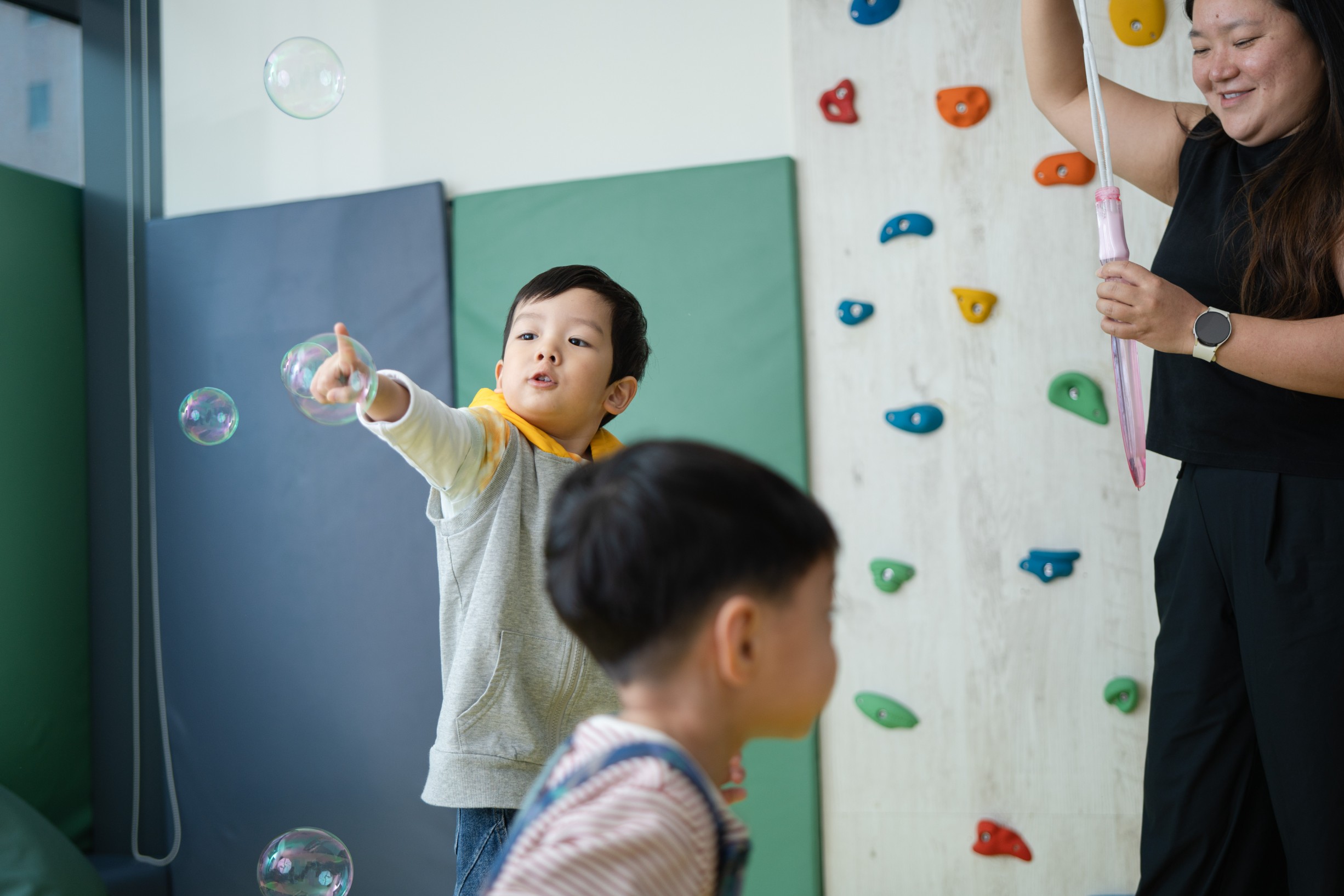
Importance of Milestones
Reaching these milestones is essential for a child’s independence and ability to participate in daily activities. Occupational therapists assess these skills and provide interventions to support children who may be delayed in their development.
Our Specialists
-
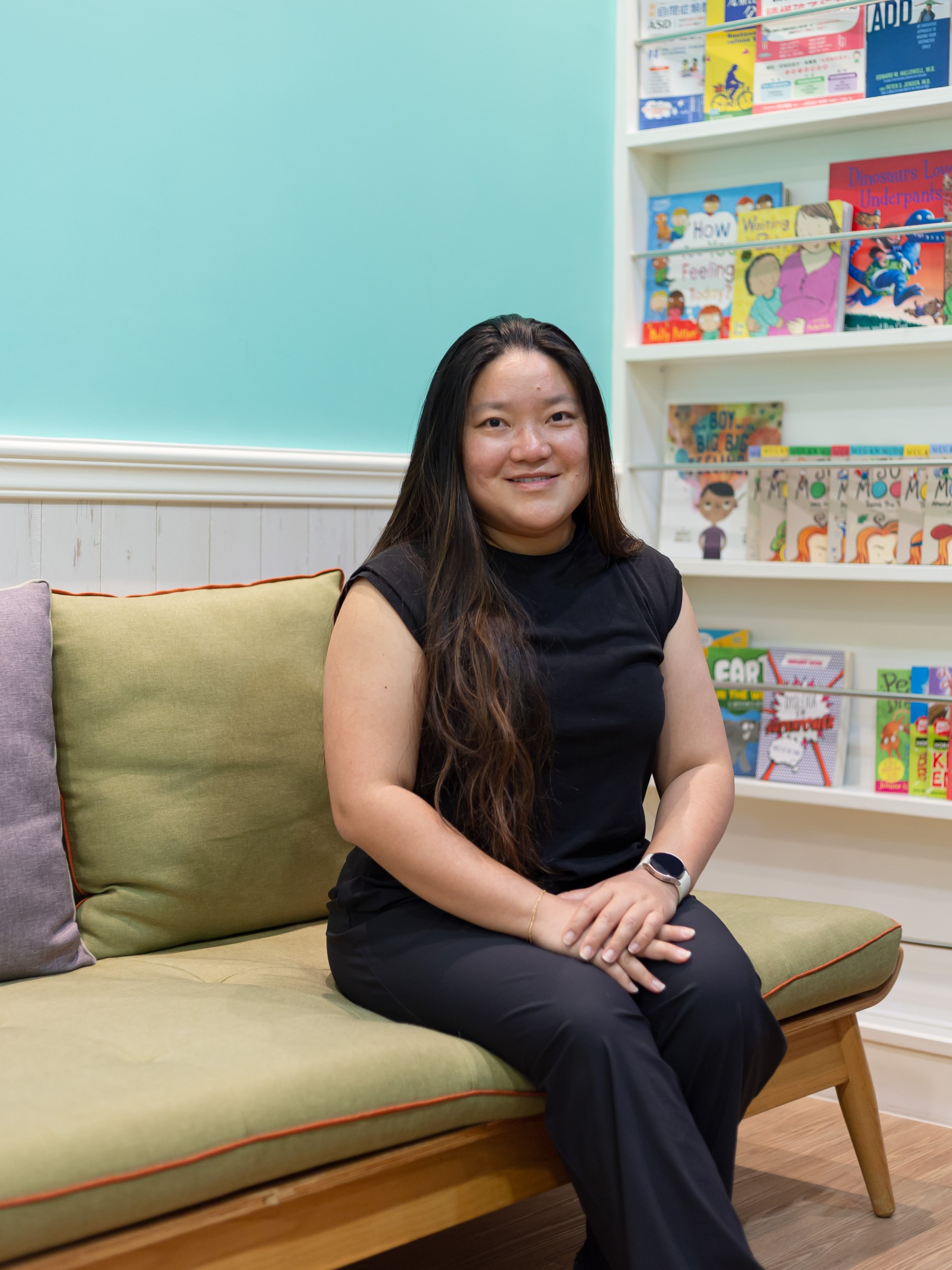
Cherie Tan
Occupational Therapist
-
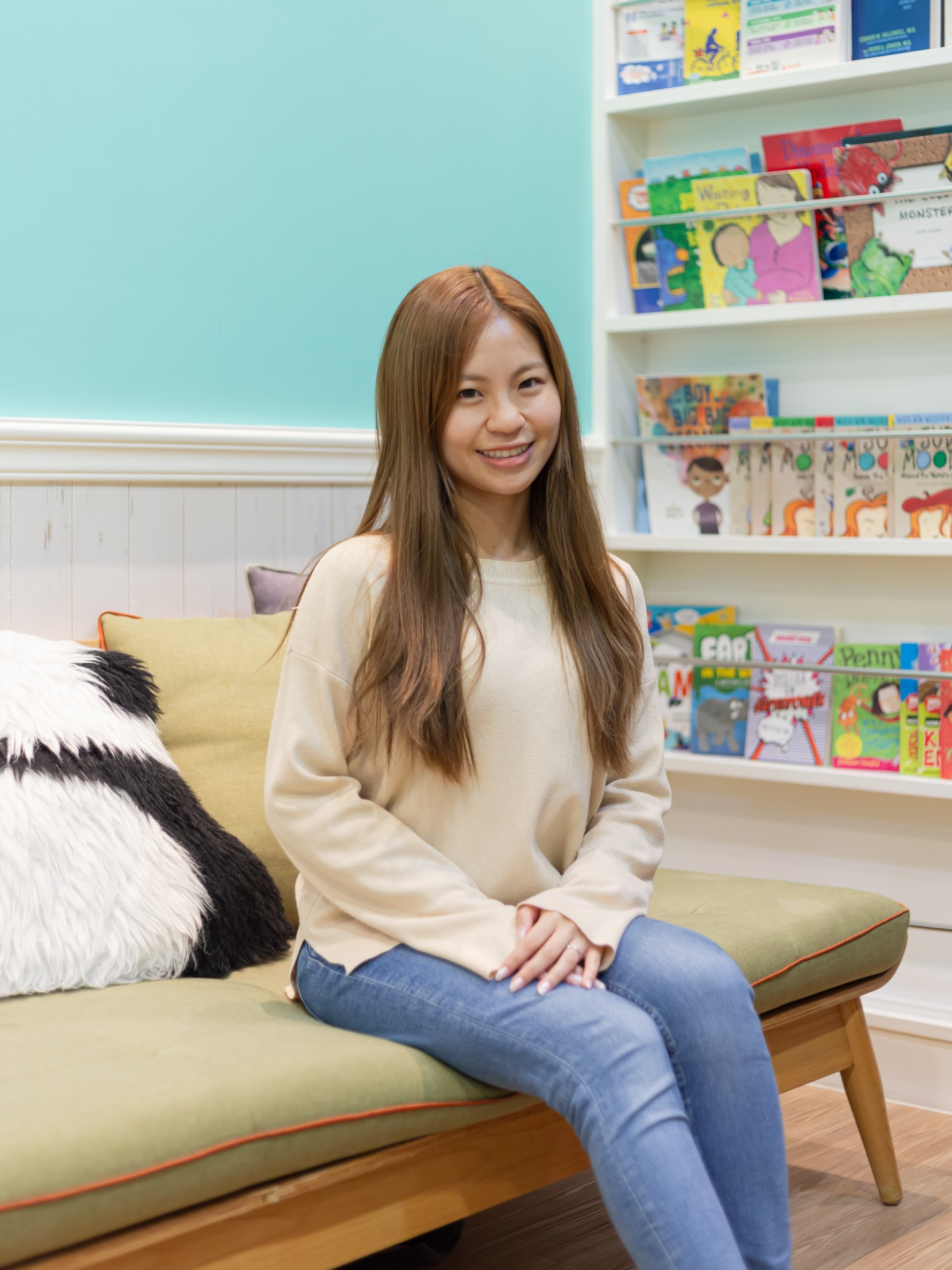
Dorothy Cheung
Occupational Therapist
-
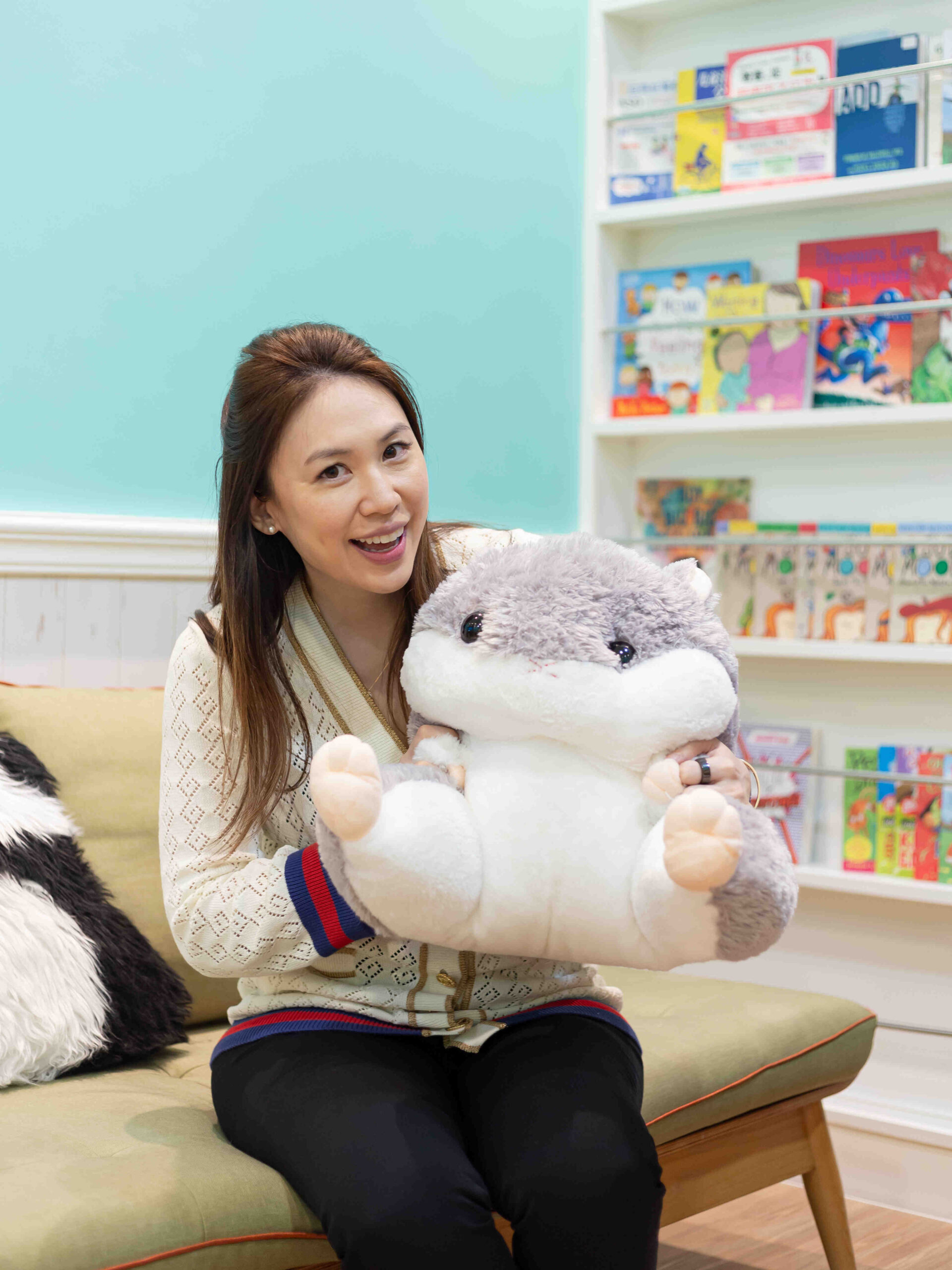
Laurena Chen
Occupational Therapist
-
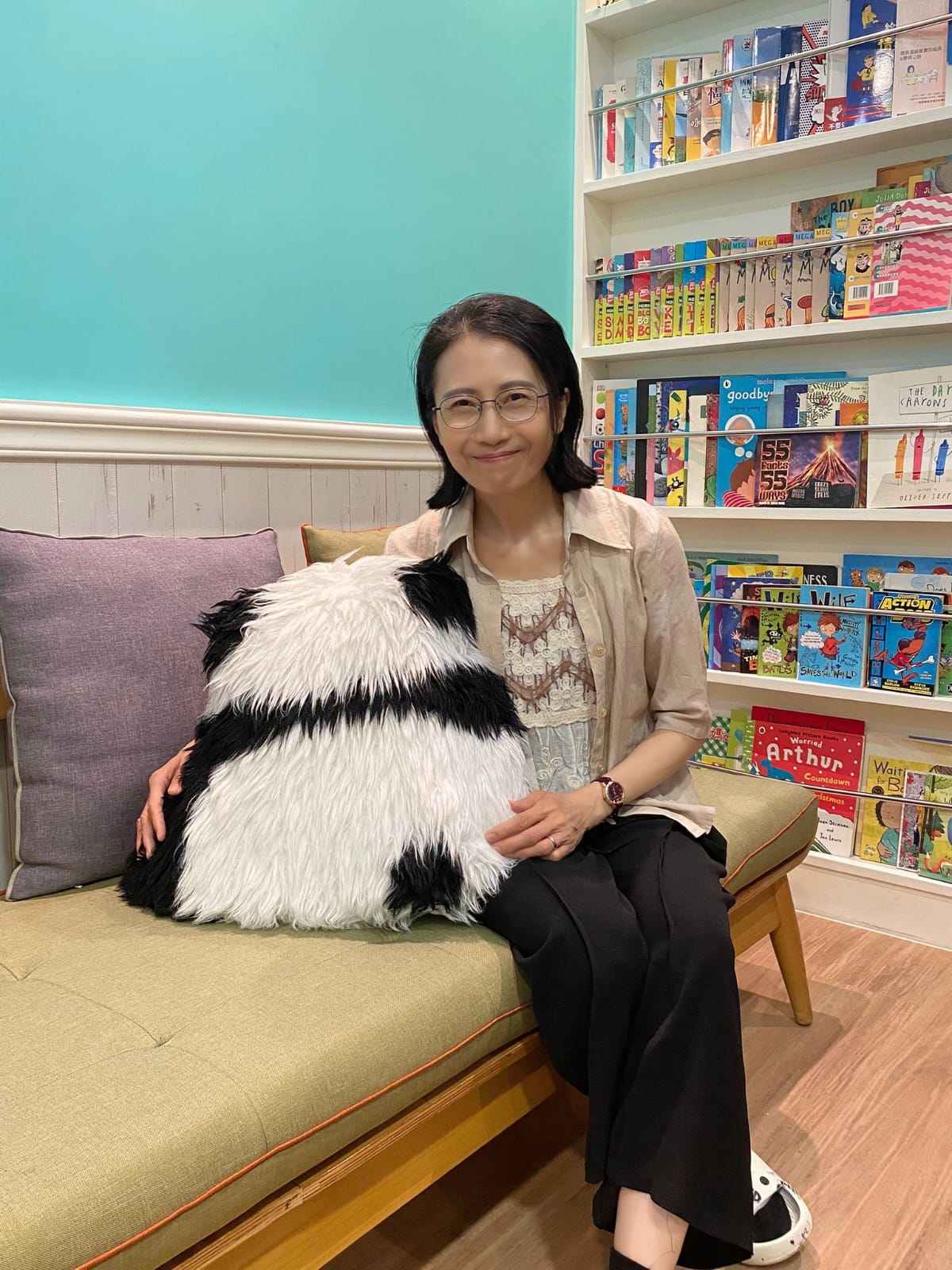
Jannise Leung
Occupational Therapist
Therapy scenarios
Service Fee
Occupational Therapy Screening
HK$4,500
- Review of available documents and previous reports
- 1-hour parent interview (via phone call or on the day of assessment)
- 1 hour of informal assessment of gross and fine motor abilities and sensory processing
- 30-minute parent feedback meeting (online/in person)
Occupational Therapy Session
| Therapists | 60 mins | 90 mins | 120 mins |
|---|---|---|---|
| Occupational Therapist | HK$1,800 | HK$2,900 | HK$3,600 |
Frequently Asked Questions
What is sensory integration?
Sensory integration is a brain process that helps us understand and respond to information from our environment.
- Sensory Experiences: It involves interpreting and organizing various sensory inputs, including: Sight, Sound, Smell, Touch, Movement, Body awareness, Gravity.
- Normal Functioning: Sensory integration is a typical function of the central nervous system and is essential for: Complex learning and appropriate behavior.
- Dysfunction: Some individuals may experience inefficient sensory integration, leading to: Motor development difficulties, Learning challenges, and Behavioral concerns.
If occupational therapy services are recommended for my child, does that mean he/she has autism or another kind of disorder?
This depends on challenges:
The recommendation for occupational therapy depends on the specific nature and level of your child’s challenges.
Co-existing Conditions:
It is important to consider if your child has other co-existing challenges, which may include:
- Specific learning disorders (e.g., literacy or numeracy)
- Attention Deficit Disorder (ADD/ADHD)
- Autism Spectrum Disorder (ASD)
Individual Assessment:
Each child’s situation is unique, and therapy recommendations are based on individual assessments rather than a definitive diagnosis.
How long does my child need to attend Occupational therapy for?
Individualized Duration:
There is no one-size-fits-all answer; the duration of therapy varies for each child and family.
Goal-Oriented Approach:
The aim is for children to complete therapy as quickly as they are able while progressing toward their specific goals.
Recommendations for Ending Therapy:
Therapy may be concluded when the child:
- Achieves Expected Performance: Is performing at a predetermined level or within the expected range.
- Meets All Goals: Has reached all goals and objectives, is no longer considered at risk, and has eliminated the initial concerning behavior.
- Plateau in Progress: Exhibits a plateau in progress, where modifications to the intervention plan do not lead to notable gains (e.g., changes in goals, procedures, activities, and strategies are not yielding expected results).
In summary, the length of occupational therapy is tailored to each child’s unique needs and progress.
